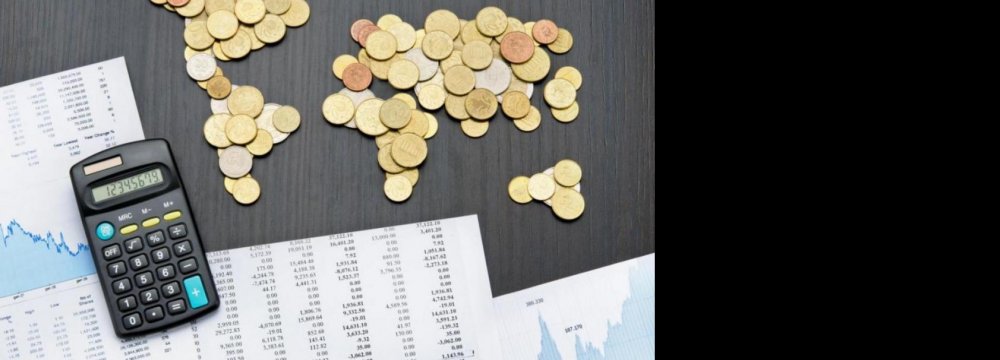Foreign assets of Iran’s banking system is on the rise, according to central bank statistics, as easing sanctions boost the banking sector.
The foreign assets of Iranian lenders grew 5.6 percent in the nine months to December, according to central bank data. They stood at 2.15 quadrillion rials ($62.4 billion at market exchange rate) on Dec. 21, 2014. Standing at 16.9 percent of GDP, the assets are also considerable given Iran’s economic size and its isolation from the global financial system.
Nearly 68 percent of these assets were owned by non-state banks, highlighting the impact of financial sanctions on state-owned lenders’ foreign operations. Non-state lenders held 1.46 quadrillion rials ($42.3 billion) as foreign assets on their balance sheets by December last year, showing a 9.7 percent rise.
The sanctions, imposed by the West over Iran’s nuclear energy program, have blocked most flows of foreign money into Iran and hindered the foreign operations of Iranian lenders.
Most of the growth in foreign assets of banks came from commercial lenders, who expanded their assets by a whopping 33.8 percent to 278 trillion rials ($8 billion) during the period, though, this may be misleading when we consider changes before March 2014.
Commercial lenders’ foreign assets took a large hit when the screws were tightened on the Iranian banking system in 2012. Although these assets grew by a third in the nine months after March 21, 2014, they actually show a 3.8 percent growth since March 2013. This shows a heavy hit on the foreign holdings of commercial banks during 2013.
But a large chunk of foreign bank-assets were held by Iran’s specialized banks – lenders who finance a single industry. Altogether, they held 413 trillion rials ($11.9 billion), though their assets dropped 17.2 percent during the first nine months of the current fiscal year after a sharp increase during 2013.
The Central Bank of Iran reports its statistics in rials, skewering the data on foreign bank assets due to the sharp depreciation of the rial in the recent past. The currency has lost around 70 percent of its value since 2012.






